Phone: +44 (0)20 8492 1600
Need help or have a question?
Contact us at: [email protected]
Many people believe things about foot care that aren’t true. These wrong ideas can lead to problems if you don’t take care of your feet properly. In this article, we’ll look at 12 common myths about foot health and explain what’s really true. Understanding these facts is important for keeping your feet healthy, no matter how old you are or what you do every day.
Walking barefoot can be good sometimes, but it’s not always safe for everyone. It can increase the risk of getting hurt or sick, especially for people with certain foot problems or diabetes. You need to think about where you’re walking and how healthy your feet are before going barefoot. For example, walking on grass or sand can help make your foot muscles stronger, but walking in cities can be dangerous because you might step on something sharp or get germs on your feet. Good insoles can give your feet the support and cushioning they need for different activities, helping you balance between natural foot movement and protection.
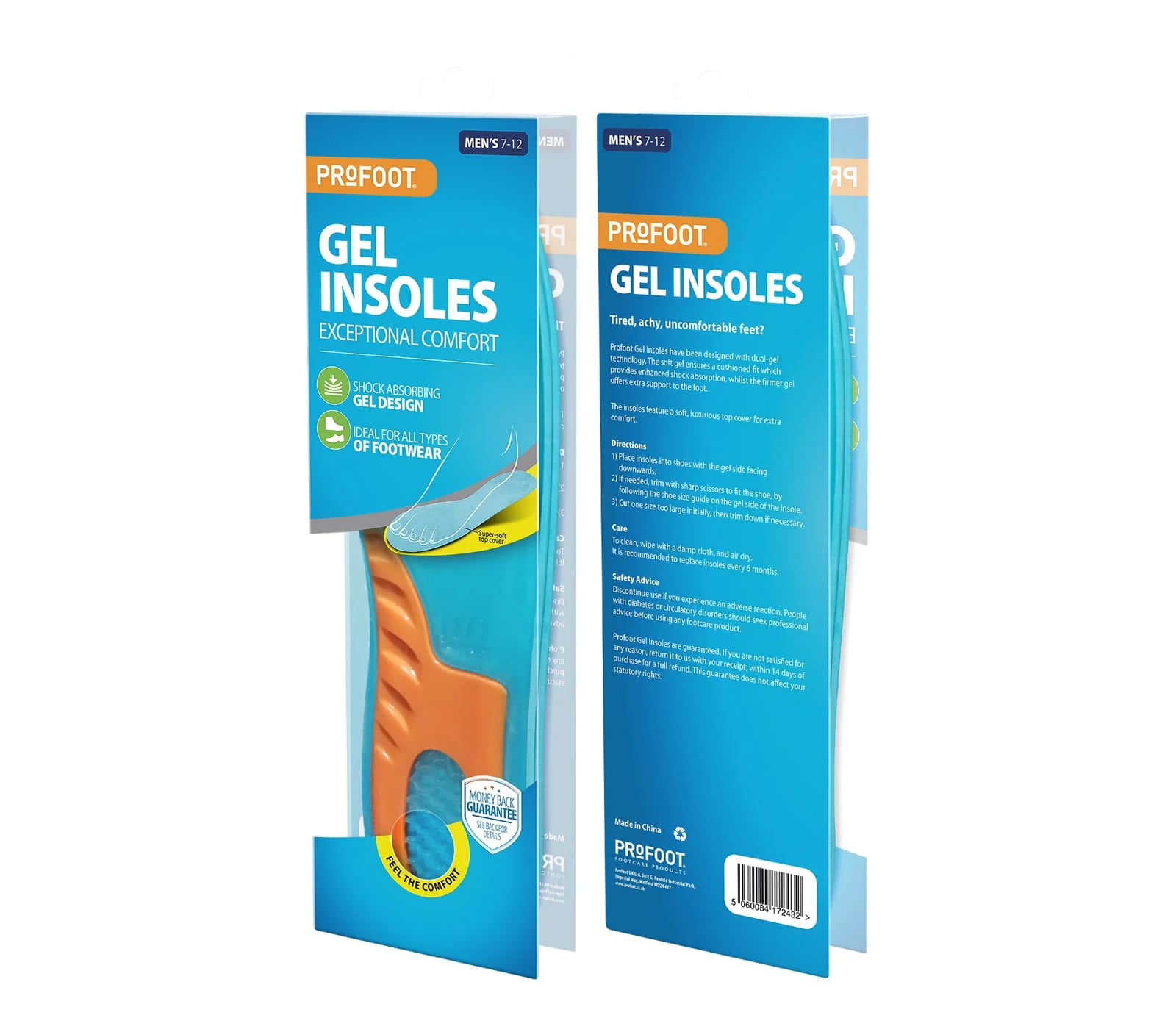

Foot pain at any age is not normal and should be checked out quickly. Many foot problems can be treated or managed well, especially if caught early. As we get older, our feet do change, like losing fat padding and having less stretchy tendons and ligaments. But these changes don’t have to cause pain. If your feet hurt all the time, it could be a sign of problems like arthritis, plantar fasciitis, or poor blood flow, which can all be helped with proper care and treatment. If your feet keep hurting, it’s important to see a doctor to find out why and how to treat it. Regular foot exercises, wearing good shoes, and keeping a healthy weight can all help keep your feet pain-free as you get older. Multi-Use Gel Padding can help make different foot problems feel better, no matter how old you are, by cushioning and protecting sensitive parts of your foot.
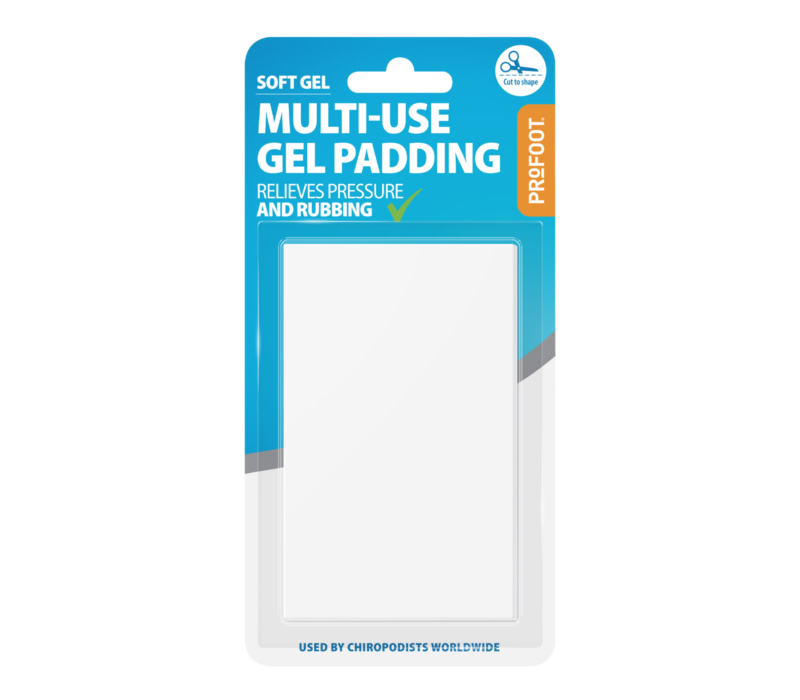
Shoes that don’t fit well can cause serious foot problems and should be avoided. Wearing tight shoes hoping they’ll stretch can cause blisters, corns, and even change the shape of your feet, like causing bunions. The idea that shoes will stretch a lot to fit your feet can lead to long-term damage to how your foot is shaped. While some materials might give a little when you wear them, this isn’t a good or healthy way to make shoes fit. Shoes should feel comfortable from the moment you try them on, with enough room for your toes and a snug but not tight fit around your heel. When you’re buying shoes, it’s best to do it later in the day when your feet are a bit swollen, and always have your feet measured, because foot size can change over time. If you have bunion pain, our Soft Gel Bunion Guard can help while you switch to better-fitting shoes. Remember, shoes that fit right are very important for keeping your feet healthy, standing up straight, and feeling comfortable in your daily activities.
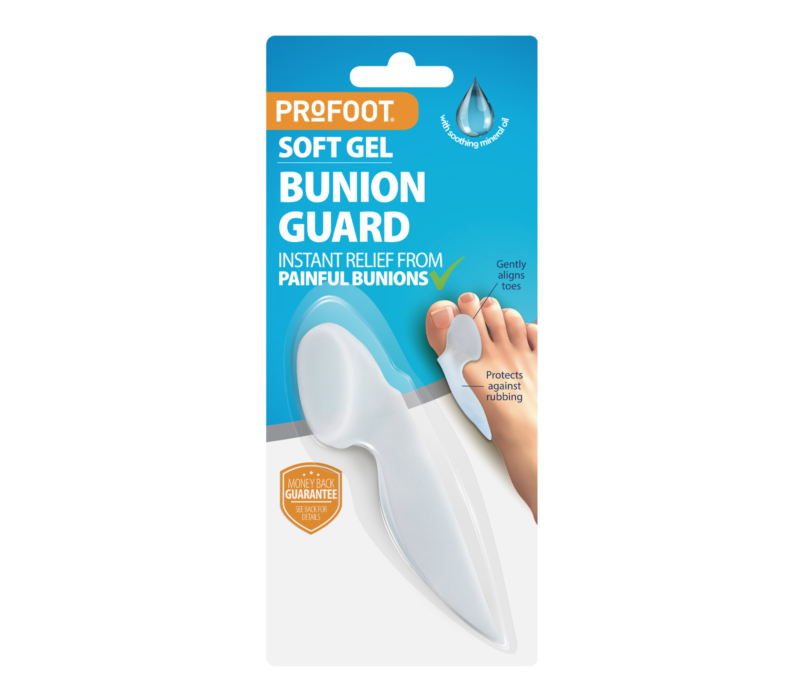
This method can actually make ingrown toenails more likely to happen. The right way to cut toenails is straight across, using the proper tools. The idea of cutting a V-shape into the nail probably started because people thought it would make the nail grow inward at the centre, pulling away from the sides. But this can make the nail grow in an odd way and increase the chance of the nail edges growing into the skin around it. To take care of toenails properly, cut them straight across and not too short, leaving a little bit of white at the tip. It’s also important to use clean, sharp nail clippers or Nippers made for toenails to avoid jagged edges. For people who often get ingrown toenails, gently filing the corners of the nails can help stop them from catching on skin or socks. For good nail care, use our Profoot Foot and Nail File to keep nails healthy and prevent ingrown toenails. Regular pedicures and moisturising your feet can also help keep nails healthy and prevent problems like brittleness or nails getting too thick.

While it feels good, hot water can dry out skin and make some foot problems worse. Warm water is usually better for foot soaks, and it’s important to moisturise after soaking. People think hot water soaks are always good because they can make sore muscles feel better for a short time. But soaking in hot water for too long can remove the natural oils from your skin, making it dry, cracked, and more likely to get infected. For people with diabetes or poor blood flow, hot water soaks can be especially dangerous because they might not feel temperature well, which could lead to burns or skin damage. A better way is to use warm water for no more than 10-15 minutes, and you can add Epsom salts or essential oils for extra benefits. After soaking, it’s very important to dry your feet completely, especially between your toes, and put on moisturiser to prevent dryness. Instead of soaking for a long time, use our Hard Skin Remover to gently and effectively remove calluses and hard skin. This tool lets you treat problem areas without the risks of soaking in water for too long.
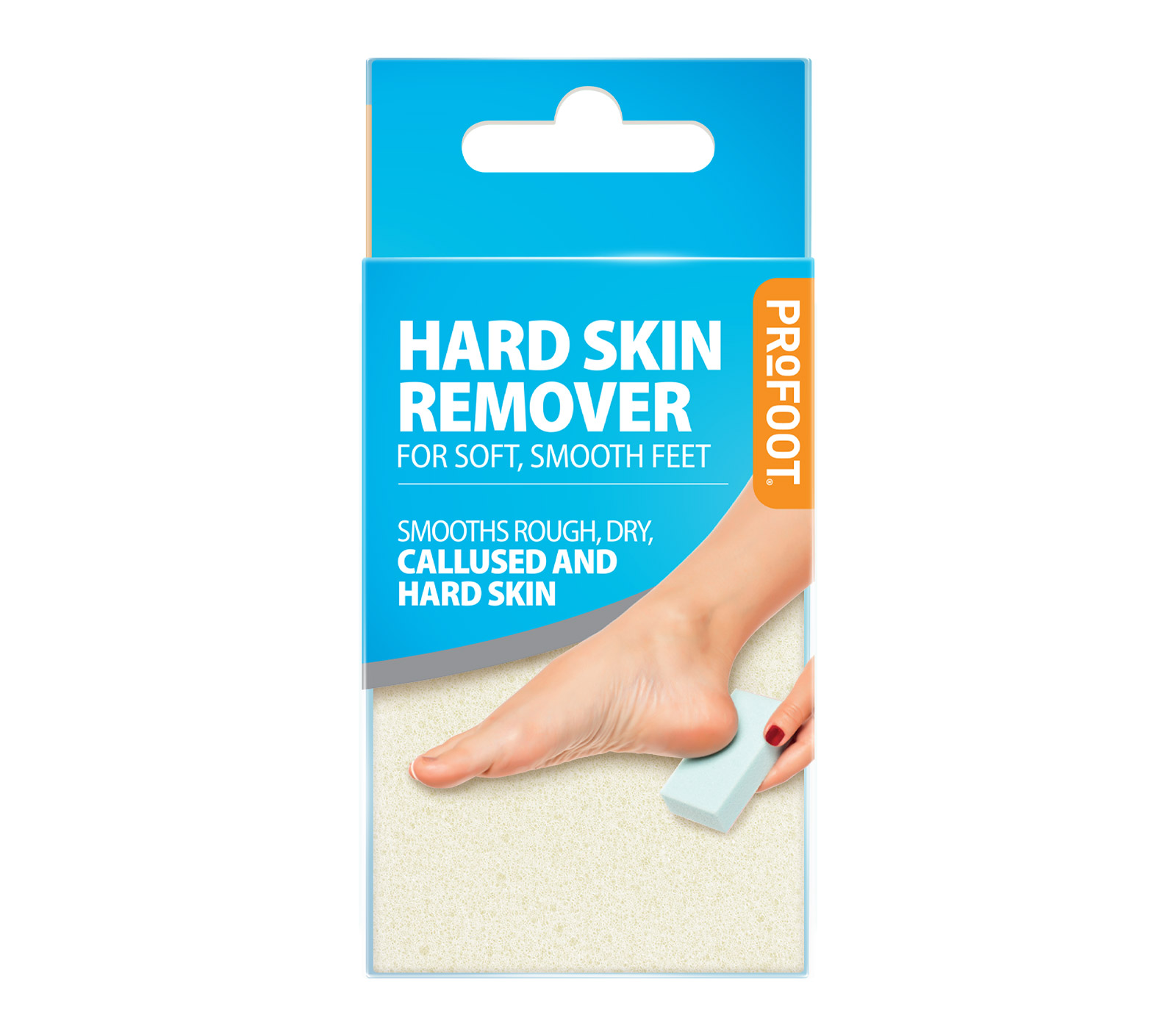
Corns don’t have roots; they’re areas of thickened skin caused by pressure or rubbing. Trying to “dig out” a corn can hurt you and cause an infection. This myth probably started because corns can sometimes have a core that goes deeper into the skin, making it look like they have a root. But corns are actually a buildup of dead skin cells that form a protective layer because of repeated pressure or rubbing. The danger in trying to remove a corn by digging it out is twofold: first, it can cause pain and bleeding, creating a way for infection to get in; second, it doesn’t fix what’s causing the corn, so it’s likely to come back. The right way to treat corns involves fixing what’s causing the pressure (often shoes that don’t fit well) and slowly removing the dead skin using safe methods. For safe and effective corn treatment, try our Corn Removal Plasters or SoftGel Corn Wraps. These products work by softening the hard skin and providing cushioning to relieve pressure, allowing the corn to naturally get smaller over time. If corns keep coming back or are painful, it’s best to see a foot doctor for professional treatment and advice on how to prevent them.
Regular foot care is very important for people with diabetes, even if they can’t see any problems. Diabetes can damage nerves, leading to less feeling in the feet. This means problems can develop without pain or other obvious signs. The idea that foot care is only necessary when problems are visible is especially dangerous for people with diabetes. Diabetic nerve damage can hide the pain and discomfort usually associated with foot injuries or infections, allowing them to get worse without being noticed. Also, diabetes can affect blood flow, slowing down healing and increasing the risk of infections. This combination of factors makes taking care of feet before problems start essential for diabetics. Checking feet every day, including using a mirror to look at the soles of the feet, can help catch issues early. It’s important to look for any changes in color, temperature, or texture of the skin, as well as any cuts, blisters, or sores. Keeping feet clean and dry, and wearing well-fitting shoes and socks, is crucial in preventing foot problems. Learn more about proper foot care for people with diabetes to prevent complications. Regular check-ups with a foot doctor, even when there are no visible problems, can help keep feet healthy and catch any issues before they become serious.
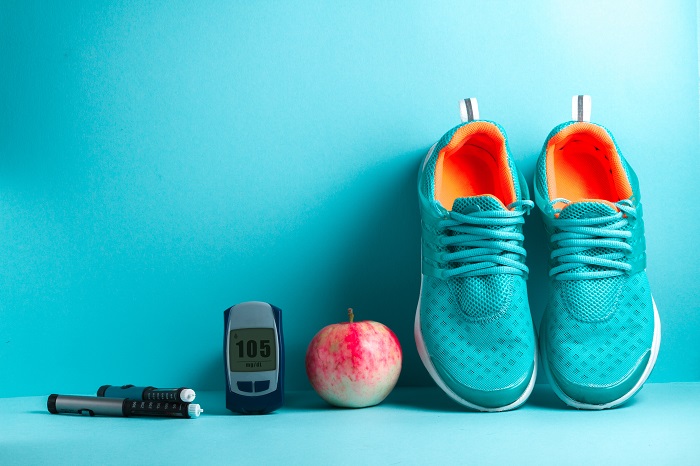
Walking on an injury can make it worse and slow down healing, even if you can put weight on it. It’s important to rest and ask a doctor for advice about foot injuries. This myth comes from the wrong idea that if an injury isn’t bad enough to stop you from walking, it must not be serious. But being able to put weight on your foot doesn’t always show how bad an injury is. Many foot and ankle injuries, like stress fractures or sprains, might let you walk but can get much worse if you don’t rest and treat them properly. Continuing to walk on an injured foot can lead to it not healing right, long-lasting pain, and even permanent damage to how your foot is structured. It’s crucial to follow the RICE method (Rest, Ice, Compression, Elevation) when you first get injured and to ask a doctor for the right diagnosis and treatment. Sometimes, even small injuries might need to be kept still or use special devices to make sure they heal properly. When recovering from an injury, our 3-Zone Orthotics can provide support and help make discomfort less during the healing process. These orthotics can help spread pressure evenly across the foot, reducing strain on the injured area and supporting the natural arch of the foot. Remember, giving your foot enough time to heal properly can prevent future problems and ensure a full recovery.
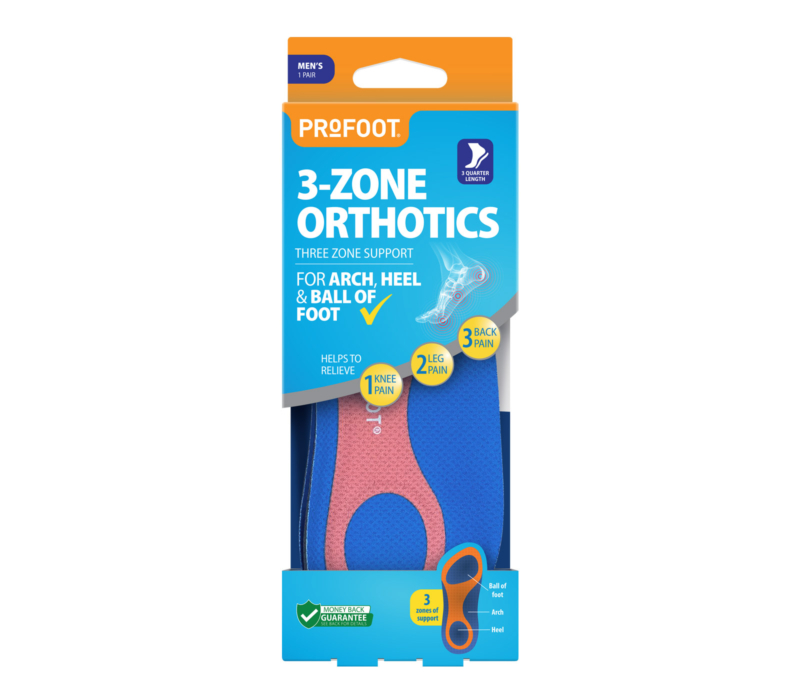
Fungal nail infections need proper treatment and won’t get better without help. These infections can spread and get worse if left untreated. The wrong idea that fungal nail infections will clear up on their own probably comes from confusion with other temporary nail color changes or because fungal infections progress slowly. Fungal nail infections, or onychomycosis, are caused by different types of fungi that like warm, moist environments. These infections typically start as a white or yellow spot under the tip of the nail and can slowly spread, causing the nail to change color, get thicker, and potentially crumble at the edge. Without treatment, the infection can spread to other nails and even to the skin around the nails. For people with weak immune systems or conditions like diabetes, fungal nail infections can lead to more serious problems. Treatment often involves antifungal medications, either put on the nail or taken by mouth, and can take several months to completely get rid of the infection because nails grow slowly. In some bad cases, the nail might need to be removed. Check out our fungal nail treatments for effective ways to fight nail infections. Preventing infections is also important, including keeping feet clean and dry, wearing shoes that let your feet breathe, and avoiding walking barefoot in public places like swimming pools or locker rooms.
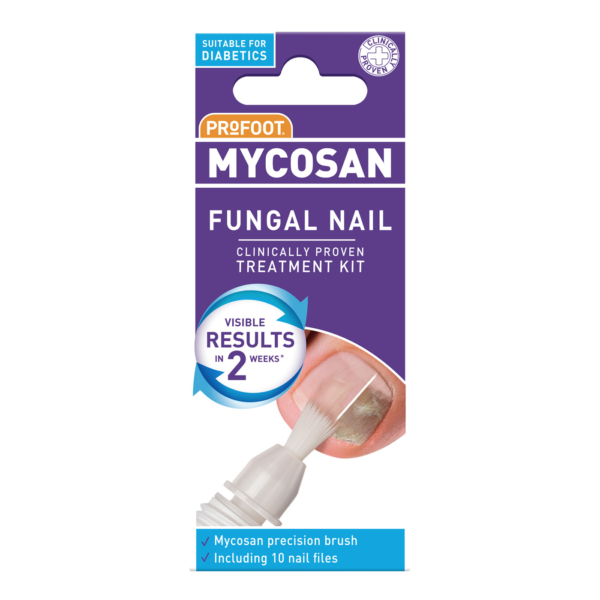
It’s usually best to leave blisters alone to prevent infection. The fluid inside a blister helps protect the damaged skin underneath. This myth probably started because popping a blister can make it feel better right away, but doing this can let bacteria in and increase the chance of infection. Blisters form as a way to protect your skin when it gets rubbed too much or burned. The fluid-filled sac acts like a natural cushion, protecting the damaged skin beneath and creating an environment that helps healing. When a blister is popped, not only is this protective barrier broken, but the risk of infection goes up a lot. Also, popping a blister can hurt and might make it take longer to heal. If a blister is big or in an area that gets a lot of pressure, a healthcare professional might need to drain it in a clean environment and tell you how to take care of it afterward. For most blisters, the best thing to do is keep the area clean and protected. Protect and heal blisters with our Blister Plasters, which create a protective barrier while helping healing. These plasters can help reduce rubbing on the blister, keep the area clean, and provide a moist environment that helps it heal faster. If you often get blisters, think about using moleskin or special blister prevention products in areas of your feet that frequently get rubbed.

Foot size can change because of different things, including getting older, gaining or losing weight, and pregnancy. It’s important to measure your feet regularly and choose the right shoes. The belief that foot size stays the same throughout adulthood is a common mistake. In reality, our feet can change a lot over time. As we get older, the ligaments and tendons in our feet might lose some of their stretchiness, causing the arches to flatten and the feet to get a bit longer. Gaining weight can cause feet to spread, getting both longer and wider. During pregnancy, hormone changes can cause ligaments to relax, potentially leading to a permanent increase in foot size. Also, certain medical conditions like arthritis can change foot shape and size. These changes can happen slowly and often go unnoticed, leading to continued use of shoes that don’t fit well, which can cause discomfort and contribute to foot problems. It’s recommended to have your feet measured at least once a year, especially if you feel any discomfort or notice changes in how your shoes fit. Our range of insoles can help adjust to slight changes in foot size and provide comfort. These insoles can be particularly helpful in adjusting how shoes fit as your feet change, providing extra support and cushioning where needed.
Some home remedies can be harmful and delay proper treatment. It’s important to be careful with DIY foot treatments and ask a healthcare professional for ongoing issues. The common use of home remedies for foot problems has led to the wrong idea that these treatments are always safe and effective. While some home remedies can provide temporary relief for minor issues, they can also hide symptoms of more serious conditions or cause harm if used incorrectly. For example, using vinegar or bleach soaks for fungal infections can irritate the skin and make the condition worse. Similarly, trying to remove corns or calluses with sharp objects at home can lead to injury and infection. Over-the-counter medications and treatments should be used carefully, as they may not be right for everyone, especially those with health conditions like diabetes. It’s important to understand that while home remedies might offer temporary relief, they often don’t fix the root cause of foot problems. Foot issues that don’t go away or get worse should always be checked by a healthcare professional to ensure proper diagnosis and treatment. Trust in Profoot’s range of foot care products, developed with expertise to address various foot health concerns safely and effectively. Our products are designed to provide targeted relief and support for common foot problems, backed by scientific research and expert knowledge.
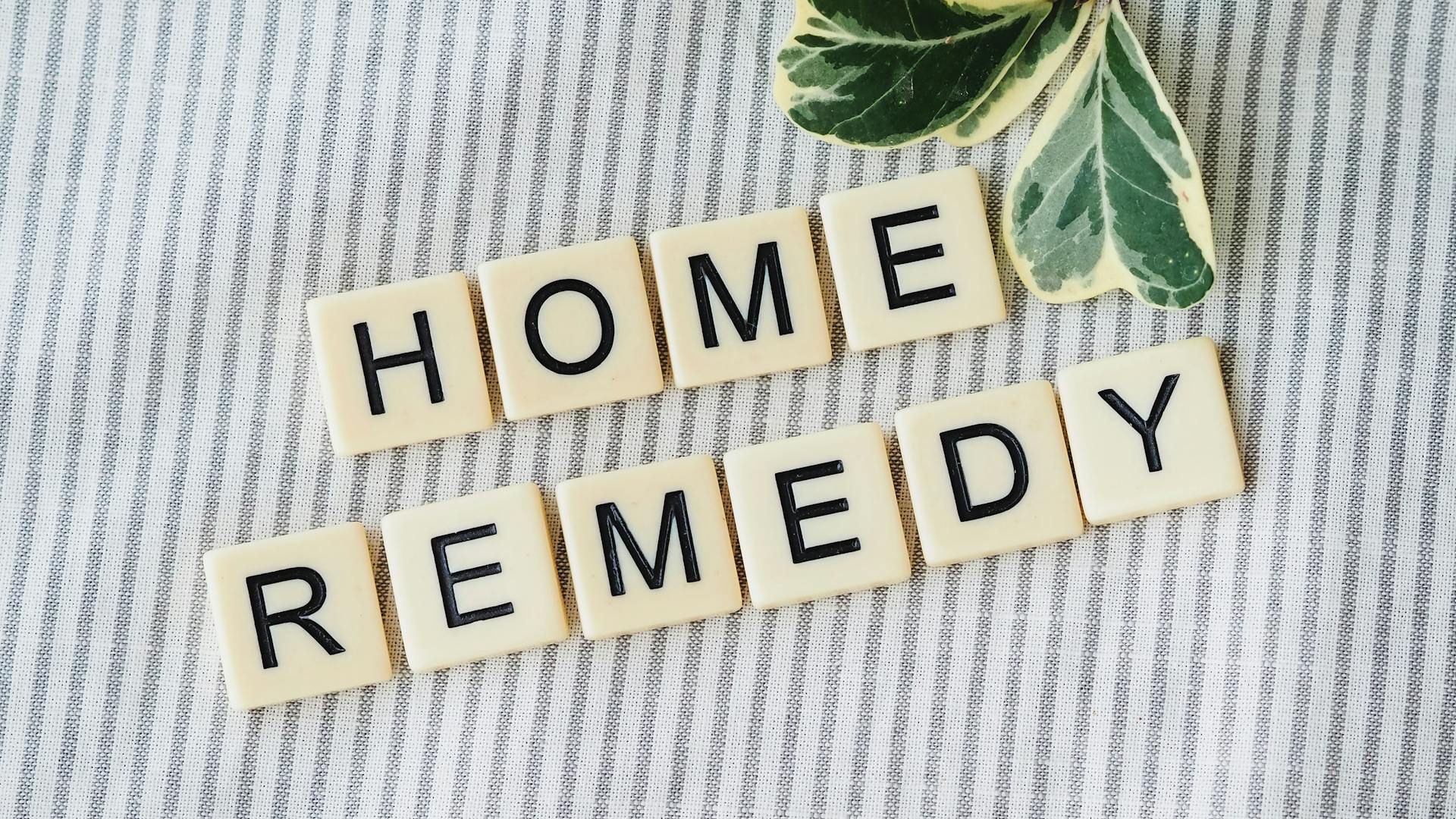
By explaining these common foot health myths, we hope to encourage better foot care practices. Remember, your feet are very important for moving around and for your overall health. They carry the weight of your body and go through a lot of stress throughout your life. Good foot care isn’t just about fixing problems when they happen, but about taking care of your feet regularly to stop issues from starting. This includes cleaning and checking your feet often, wearing good shoes, keeping a healthy weight, and getting help for any foot pain or discomfort quickly. For people with long-term conditions like diabetes, arthritis, or blood flow problems, foot care is even more important and might need special attention. Always ask a healthcare professional about foot issues that don’t go away, and trust Profoot’s range of products to help keep your feet healthy. Our products are made to help with many different foot concerns, from everyday comfort to specific foot conditions, helping you keep your feet healthy and pain-free throughout your life.
Look at your feet often to spot problems early
Wear shoes that fit well and support your feet
Wash and dry your feet every day, especially between toes
See a foot doctor if you have ongoing foot problems
Check out our corns and calluses products, bunion relief solutions, and comprehensive insole range to help with various foot health concerns and keep your feet happy and healthy. Our products are made to provide targeted relief and support for many different foot issues, helping you maintain good foot health and comfort in your daily life.